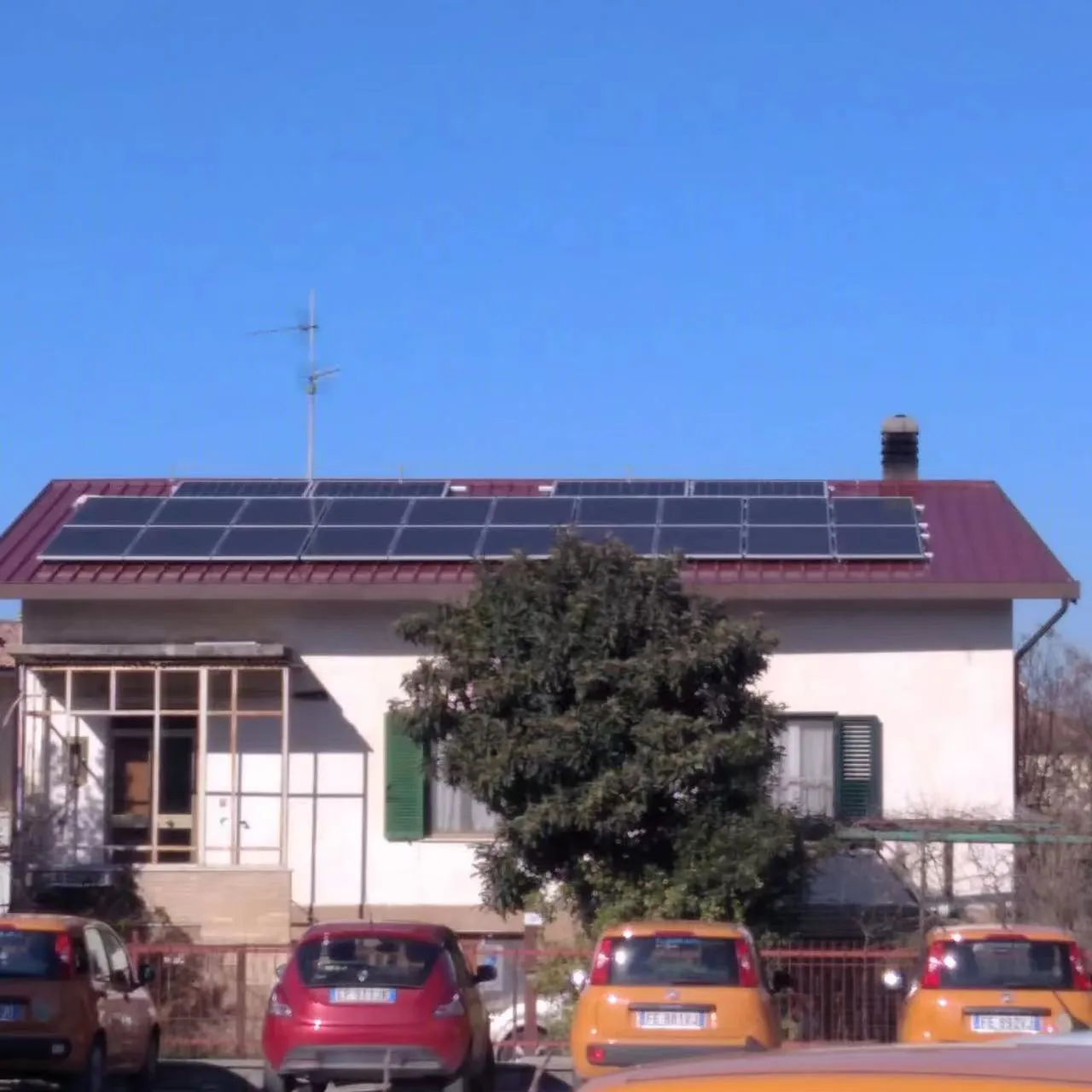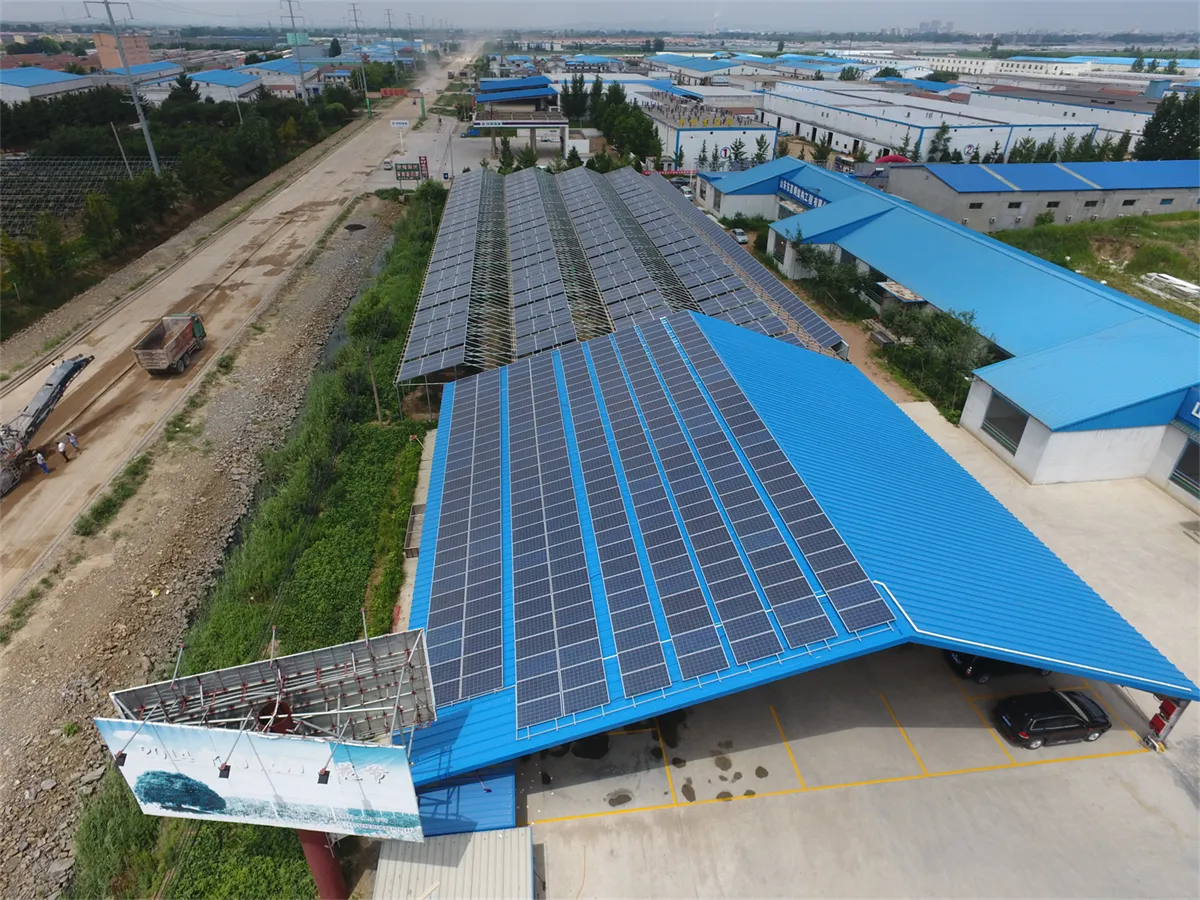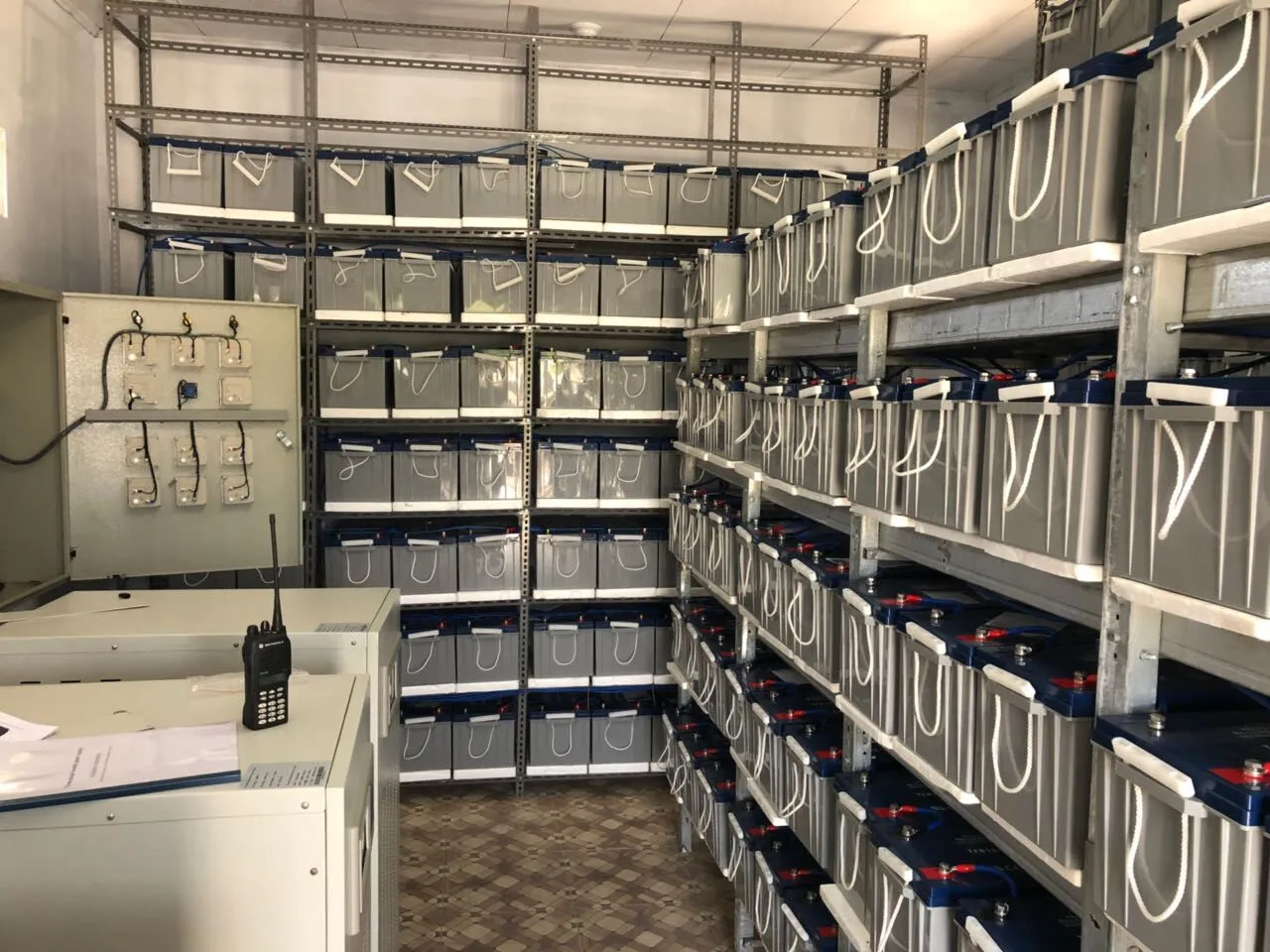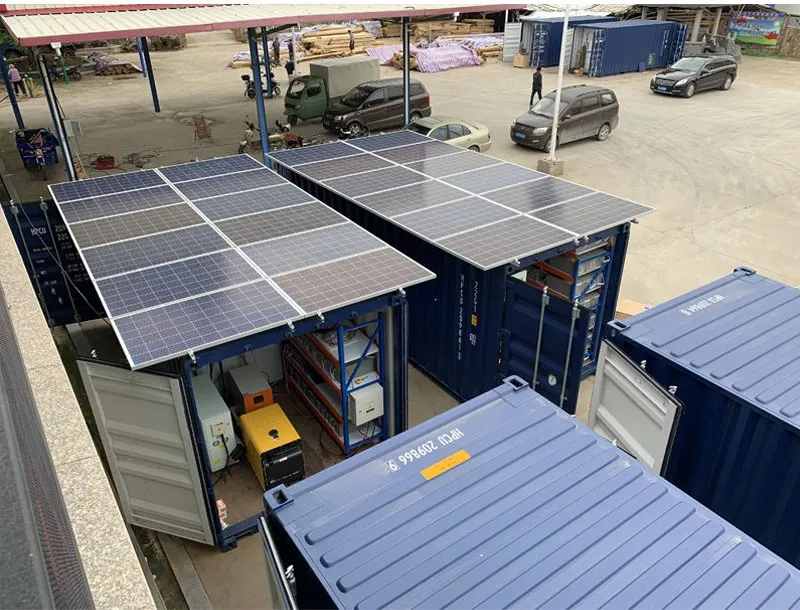Thinking about going solar? You're not alone. Solar panels have become a smart investment for homeowners and businesses looking to save money while doing something good for the planet. But let's be honest—most people want to know one thing above all else: "Will solar panels actually save me money?" Well, the answer isn't just "yes" or "no." To get to the truth, we need to dig into the real return on investment (ROI), especially after those tempting government incentives. This article will cut through the confusion and show you exactly how to calculate your true solar savings.
Why ROI Matters When Going Solar
Imagine your solar panels as a financial tool, not just shiny tech on your roof. The ROI tells you how fast you'll earn back the money you put into solar—and how much profit you'll make after that. Unlike stocks or other investments, solar panels offer unique benefits:
⚡ Immediate Bill Savings
Unlike traditional investments that might take years to grow, solar panels start shrinking your electric bill from day one. For many families, that's $100-$300 saved every single month. That's money back in your pocket to spend however you like.
Protection Against Price Hikes
Electricity rates don't just sit still—they creep upward year after year. By switching to solar, you lock in your rate at "free sunshine" forever. Your neighbors? They'll keep paying more as utility costs climb.
Added Home Value
Surprisingly, solar panels boost your property's value. Studies show homes with solar can sell for 3–4% more than similar homes without panels. That’s a cushion you can cash in on later.
But to truly understand if solar makes sense for you , we need a precise way to calculate your ROI. And government subsidies? They can completely flip the math from lukewarm to wow.

Key Parts of Your Solar Investment
Before we get to ROI formulas, let's unpack what goes into your total solar setup:
System Costs
This includes everything from the panels and inverters to installation labor. Costs vary by system size—average residential setups run $15,000–$35,000 before rebates.
Electricity Savings
How much power does your new system produce? Multiply that by your current electric rate to get annual savings. For example:
System Size:
6kW
Annual Production:
8,000 kWh
Electric Rate:
$0.15/kWh
Yearly Savings:
8,000 × 0.15 =
$1,200
Government Subsidies
Here’s where things get exciting. Federal and state programs can slash your upfront costs dramatically:
- Federal Solar Tax Credit: Currently 30% of your system’s cost. A $20,000 system? That’s $6,000 back on next year’s taxes.
- State Rebates: Places like California or Massachusetts add on another $1,000–$8,000 in cash incentives.
- Local Perks: Some utilities offer rebates of $500–$2,500 just for connecting panels to the grid.

Your Step-by-Step Solar ROI Formula
Ready to run the numbers? Here’s how to find your true ROI in 6 steps:
Step 1: Calculate Total Investment
Start with the full cost of buying and installing your system. Say that’s $25,000.
Step 2: Subtract Government Incentives
Factor in every rebate and credit:
Federal Tax Credit (30% of $25,000) = $7,500
State Rebate = $1,000
Utility Rebate = $500
Net System Cost:
$25,000 – $7,500 – $1,000 – $500 =
$16,000
Step 3: Find Yearly Energy Savings
Estimate annual solar production (your installer can provide this) and multiply by your electric rate.
Annual Production: 9,000 kWh × $0.18/kWh = $1,620 savings
Step 4: Factor in Ongoing Costs
Solar isn’t free forever—budget for:
- Maintenance: $150/year for cleaning/inspections
- Monitoring Fee: $100/year for app tracking
- Insurance: Extra $50/year on homeowner’s policy
Total Annual Costs ≈ $300
Step 5: Calculate Net Annual Gain
Yearly Savings ($1,620) – Annual Costs ($300) = $1,320 Net Profit
Step 6: Compute ROI %
(Annual Net Gain / Net Investment) × 100 = ROI
($1,320 ÷ $16,000) × 100 =
8.25% ROI
Not bad! With subsidies working in your favor, this beats many traditional investments like bonds or savings accounts.

Hidden Solar Savings You Forgot About
Your ROI isn't just money you pocket today. Long-term advantages add even more value:
Escaping Electric Inflation
Utility rates rise about 3% annually. That means a $1,200 yearly savings today could become $1,600/year in a decade. Solar makes you inflation-proof.
Selling Power Back to Grid
Producing more energy than you use? Net metering lets you sell surplus electricity back to the grid. That’s bonus cash your ROI calculator might miss.
Building Resiliency
Power outages are becoming more common. Solar + batteries means you'll keep lights on while neighbors sit in the dark—a perk worth thousands during severe weather.
5 Factors That Shape Your Solar Returns
Your ROI isn’t fixed—it depends on variables you control:
Location & Sunlight
Arizona roofs produce more energy than Michigan homes. Use tools like NREL’s PVWatts to see your area’s sun potential.
Electricity Prices
High electric rates (like in California or New York) = faster payoff. Low rates? ROI might take longer.
Tax credits can shave years off your payback. Always check DSIRE for the latest programs.
Financing Method
Cash purchases give the highest ROI. Solar loans add interest, but with 0-down options, they remain popular.
System Size vs. Usage
Oversizing your system means wasted investment. Undersizing leaves savings on the table. A good installer balances this perfectly for you.
Real-Life Solar ROI Examples
Case 1: New Jersey Family
System Cost:
$28,000
Federal Credit:
-$8,400
State Rebate:
-$4,000
Net Cost:
$15,600
Annual Savings:
$1,800
ROI:
($1,800 ÷ $15,600) × 100 =
11.5%
Payback: 8.7 years
Case 2: Arizona Business
System Cost:
$55,000
Federal Tax Credit:
-$16,500
Depreciation Bonus:
-$10,000
Net Cost:
$28,500
Annual Savings:
$9,200 (including energy sales to grid)
ROI:
($9,200 ÷ $28,500) × 100 =
32.3%
Payback: Just 3.1 years!
Advanced Solar Investment Strategies
Ready to optimize? Pro tips for supercharging your returns:
Pair Solar With Battery Storage
Though adding $12,000–$20,000 to your system cost, batteries let you:
- Use solar during evening blackouts
- Profit from utility "peak shaving" programs
- Increase energy independence to over 95%
This setup typically boosts ROI in regions with unstable grids or time-of-use pricing.
Dive Into Community Solar
Can’t install panels? Buy into a distributed solar power system project nearby. Many offer guaranteed 5–10% annual returns by supplying power to the community—a great option for renters or condo owners.
Time Your Purchase Wisely
Prices have fallen annually. Federal incentives phase down in coming years—so installing before December 2024 maximizes your tax break.
Common Solar ROI Mistakes to Avoid
Ignoring Degradation
Panels lose about 0.5% efficiency yearly. Good ROI calculators adjust savings projections accordingly.
Underestimating Maintenance
Inverter replacements ($1,500–$3,500) might happen once or twice over your system’s life. Factor it in.
Forgetting Opportunity Costs
That $20,000 could go elsewhere—like stocks. Solar should beat alternatives long-term.
Final Thoughts
Solar power isn't just about green energy—it’s about green in your wallet. With today’s subsidies, the average homeowner sees an attractive 7–12% ROI, beating many conservative investments. But your specific numbers depend on location, incentives, and energy needs.
Use the formulas in this guide, but also consult tools like Google’s Project Sunroof or consult a solar installer for precise projections. Bottom line? With smart planning and subsidies locking in your savings, solar panels transform your roof into a personal power plant—one that pays you back for decades.













